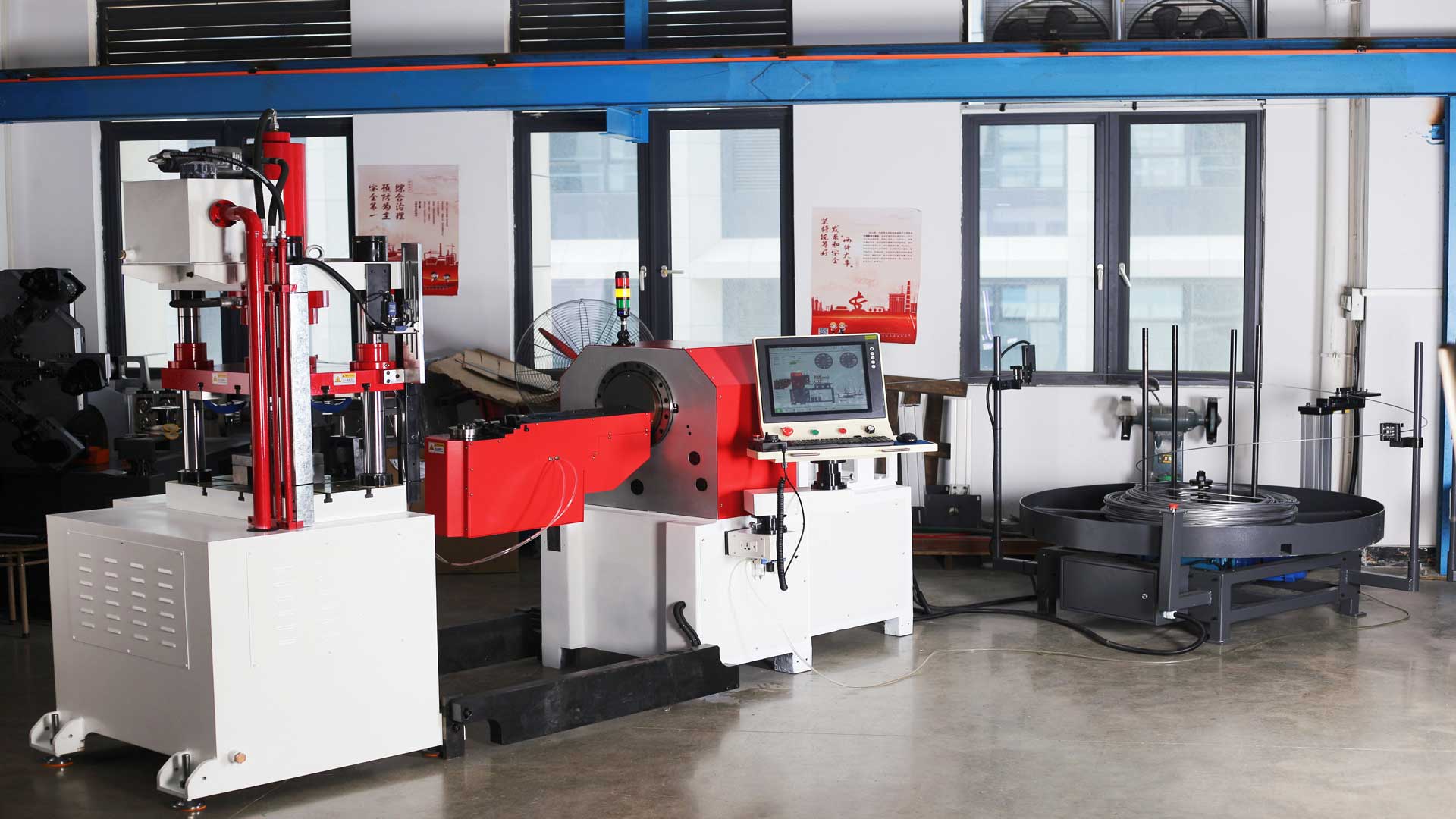What are the features of wire bending machines?
These features contribute to the versatility, efficiency, and precision of wire-bending machines, making them indispensable tools in various industries such as automotive, aerospace, electronics, and manufacturing.
What are the features of wire-bending machines?
Wire bending machines come with various features designed to facilitate efficient and precise wire shaping. Some common features include:
1. Programmable Controls: Advanced wire bending machines are equipped with programmable control systems that allow users to input bending specifications, such as bend angles, radii, and lengths, for automated operation.
2. Multiple Axes: Many wire bending machines are equipped with multiple axes of movement, including X, Y, and Z axes, as well as rotary axes. This enables complex wire-bending operations to create intricate shapes and forms.
3. Tooling Options: Often come with a range of interchangeable tooling options, including mandrels, rollers, and bending heads, to accommodate different wire sizes and bending requirements.
4. Material Handling: Some wire bending machines feature integrated material handling systems for automatic feeding and positioning of wire stock, reducing manual intervention and improving efficiency.
5. Touchscreen Interface: Many modern wire bending features user-friendly touchscreen interfaces for easy programming and operation, allowing operators to monitor and adjust bending parameters with intuitive controls.
6. Quick Changeover: Wire bending machines may include quick-change tooling systems and setup features to facilitate rapid changeover between different bending jobs, reducing downtime and increasing productivity.
7. Safety Features: Equipped with safety features such as interlocks, guards, and emergency stop buttons to ensure operator safety during operation.
8. Precision Measurement: High-precision wire bending machines may include built-in measurement systems, such as laser or vision-based sensors, for accurate positioning and verification of bend angles and dimensions.
9. Customization Options: Offer customization options to meet specific application requirements, such as additional axes of movement, extended tooling capacity, or specialized software features.
10. Remote Monitoring: Advanced wire bending machines may include remote monitoring and diagnostic capabilities, allowing operators to monitor machine performance, troubleshoot issues, and optimize production remotely.







